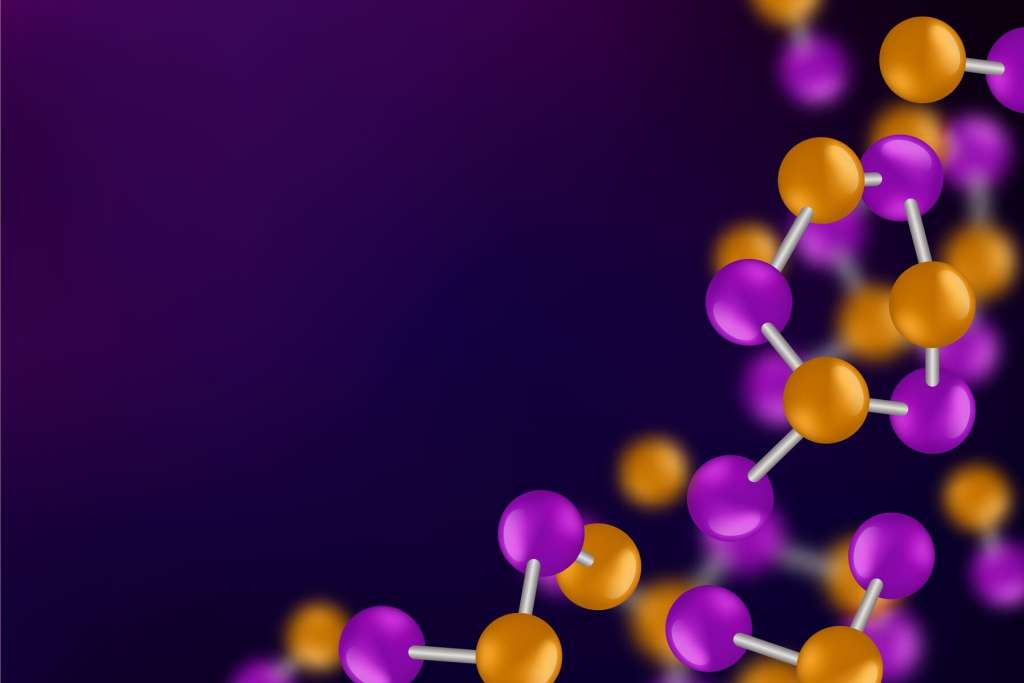Imagine a world where doctors can target diseases with pinpoint precision, minimizing side effects and maximizing therapeutic outcomes. This isn’t science fiction—it’s the amazing potential of nanoparticles in medicine. Nanoparticles, tiny particles that are a billionth of a meter in size, are revolutionizing how we treat a variety of diseases, from cancer to neurological disorders.
In this post, we’ll explore the incredible benefits these microscopic marvels bring to healthcare. We’ll cover how nanoparticles improve drug delivery, enhance imaging techniques, and offer new pathways for treatment that were previously unimaginable. Whether you’re a medical professional, a student, or just curious about the latest advances in medicine, you’ll find this information both fascinating and valuable.
So, why are nanoparticles set to change the future of medicine? Keep reading to find out how they’re making treatments safer, more effective, and highly personalized.
Understanding Nanoparticles in Medicine
Nanotechnology has revolutionized the field of medicine, offering groundbreaking opportunities for diagnostics, drug delivery, and therapy. Nanoparticles, defined as materials with dimensions in the nanoscale range, typically below 100 nm, exhibit unique properties due to their small size. Understanding the role of nanoparticles in medicine is essential for grasping their significant impact on healthcare advancements.
Definition and Characteristics of Nanoparticles
Nanoparticles possess distinctive properties such as a high surface area-to-volume ratio, which enhances their reactivity and interaction with biological systems. These tiny structures can be engineered to carry drugs, target specific cells, or act as contrast agents for imaging purposes. One key characteristic of nanoparticles is their ability to penetrate cellular barriers, enabling them to deliver therapeutic payloads with precision.
How Nanoparticles Interact in the Body
When administered into the body, nanoparticles navigate through various biological environments, encountering different cellular components along the way. Depending on their design, nanoparticles can evade immune detection, reach specific tissues, and release therapeutic agents at targeted sites. Understanding the intricate interactions of nanoparticles in the body is crucial for optimizing drug delivery systems and minimizing potential side effects.
For a more in-depth exploration of nanoparticles in modern medicine, refer to studies like those conducted by Nanoparticles in modern medicine: State of the art and … and Safety of nanoparticles in medicine. These resources offer valuable insights into the applications and safety considerations of nanoparticles in medical practices.
Nanoparticles History
Nanotechnology, the study and application of incredibly small materials, boasts a nanoparticles history that dates back centuries. Let’s dive into the origins and development of nanoparticles and their crucial role across numerous fields.
Ancient Beginnings
Ancient civilizations unknowingly used nanomaterials in various applications. The Romans, as early as the fourth century AD, utilized nanoparticles and structures without fully grasping the scientific intricacies. Clay pottery, containing nanoscale particles, is a prime example of ancient nanotechnology in practice. These historical instances demonstrate the inadvertent utilization of nanoparticles long before the formal study of nanoscience.
Modern Discoveries
The formal development of nanotechnology began in the 20th century, marking a pivotal era in scientific advancements. Concepts and experimental work in nanotechnology contributed to the foundation of this field. From early discoveries to the current research landscape, the history of nanotechnology showcases a continuous evolution towards innovative applications and breakthroughs.
Medical Applications
Nanoparticles play a crucial role in medicine, particularly in drug delivery systems. The integration of engineered nanoparticles in drug delivery has revolutionized medical treatments, offering targeted and efficient delivery mechanisms. Understanding the historical progression of nanoparticles in drug delivery provides insights into the transformative impact of nanotechnology on healthcare practices.
Future Prospects
As nanotechnology continues to evolve, the future holds exciting possibilities for utilizing nanoparticles in diverse fields. The ongoing research and development in nanoscience promise groundbreaking innovations that could redefine industries and enhance technological capabilities. Exploring the historical trajectory of nanoparticles sets the stage for envisioning the limitless potential of nanotechnology in shaping the future.
By tracing the history of nanoparticles, we gain a deeper appreciation for their profound impact on human advancements and scientific discoveries. The journey from ancient applications to cutting-edge technologies showcases the enduring relevance of nanotechnology in shaping our world.
Benefits of Nanoparticles in Medicine
Nanoparticles have revolutionized the field of medicine by offering numerous advantages that enhance drug delivery, enable targeted treatments, aid in advanced imaging techniques, and play a crucial role in combating diseases like cancer.
Enhanced Drug Delivery
Nanoparticles provide a unique platform for delivering drugs with improved precision and efficacy. Their small size allows them to penetrate biological barriers that traditional drug formulations struggle to overcome. By encapsulating drugs within nanoparticles, the therapeutic agents can reach specific target sites in the body more effectively, enhancing treatment outcomes while reducing side effects.
Targeted Drug Delivery
One of the key benefits of nanoparticles in medicine is their ability to target specific cells or tissues. By functionalizing nanoparticles with ligands that recognize particular receptors or markers on diseased cells, drugs can be delivered directly to the affected areas, minimizing damage to healthy tissues. This targeted approach enhances the drug’s effectiveness and reduces systemic toxicity [Source].
Role in Imaging Techniques
Nanoparticles play a vital role in improving imaging techniques used in diagnostics and monitoring disease progression. Utilizing nanoparticles as contrast agents enhances the visibility of tissues and organs in various imaging modalities such as MRI, CT scans, and fluorescence imaging. Their unique properties enable more precise and detailed visualization of biological structures, aiding in accurate diagnosis and treatment planning [Source].
Treatment of Cancer and Other Diseases
In the realm of oncology and other diseases, nanoparticles have emerged as game-changers. Nanoparticle-based therapies offer unprecedented opportunities for treating cancer by delivering drugs directly to tumor sites, overcoming multidrug resistance, and minimizing side effects on healthy tissues. Additionally, nanoparticles can be used to enhance the efficacy of traditional treatments like chemotherapy, providing new avenues for personalized medicine and improved patient outcomes.
Challenges and Future of Nanoparticles in Medicine
Nanotechnology in medicine presents various challenges and exciting prospects for the future. These challenges span regulatory hurdles, safety concerns, advancements in research and development of nanoparticle technology, and the vast potential applications and innovations awaiting exploration.
Regulatory Hurdles and Safety Concerns
Navigating regulatory frameworks and addressing safety concerns are crucial aspects of integrating nanoparticles into medical practices. The unique properties of nanoparticles, while promising for targeted drug delivery and diagnostics, also raise concerns regarding potential toxicity and long-term effects on human health. Addressing these safety issues is essential for ensuring the effectiveness and safety of nanoparticle-based medical interventions. Read more
Research and Development in Nanoparticle Technology
Continuous research and development efforts in nanoparticle technology are driving breakthroughs in medicine. Innovations in nanomedicine aim to enhance drug delivery systems, improve imaging techniques, and revolutionize personalized medicine. By leveraging nanotechnology, researchers are exploring novel ways to combat diseases and improve patient outcomes.
Potential Applications and Innovations
The versatility of nanoparticles opens up a world of potential applications in medicine. From targeted drug delivery systems to innovative imaging modalities, nanoparticles offer a promising avenue for precision medicine and personalized treatment approaches. As researchers delve deeper into the possibilities of nanotechnology, groundbreaking innovations are expected to reshape the landscape of healthcare, offering new avenues for improved patient care.
Conclusion
After exploring the numerous benefits of nanoparticles in medicine, it is evident that nanotechnology has revolutionized the field of healthcare. The applications of nanoparticles offer a myriad of advantages that have the potential to transform the way diseases are diagnosed, monitored, and treated. From targeted drug delivery to enhanced imaging techniques, nanoparticles have opened up new avenues for more effective and personalized medical interventions.
Read More: 4 Common Errors in Purchasing Medicine Online and How to Avoid Them











